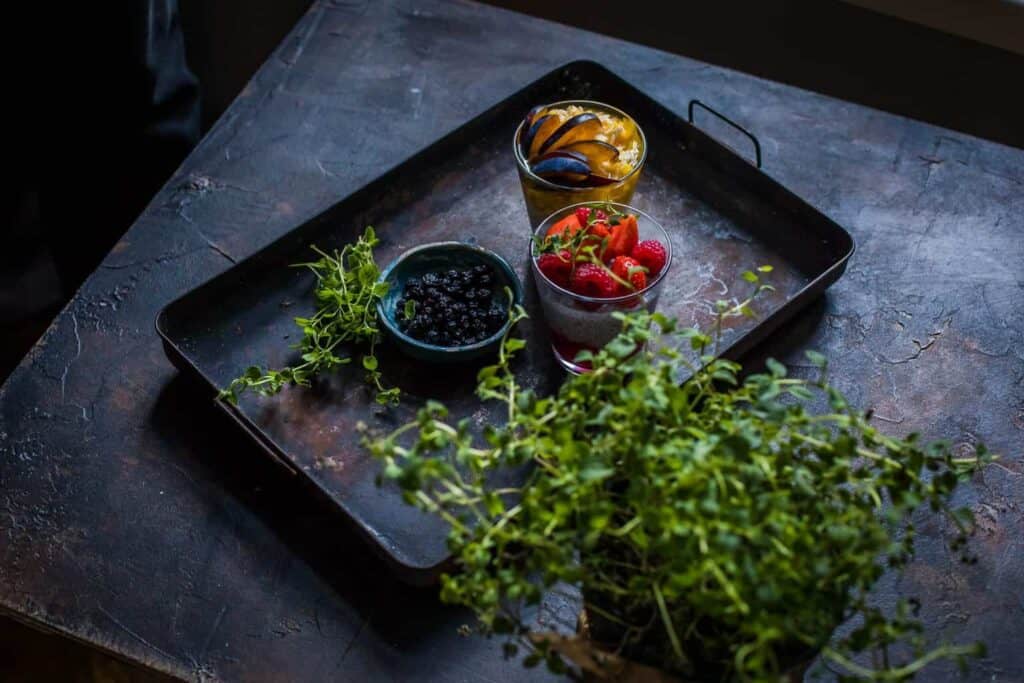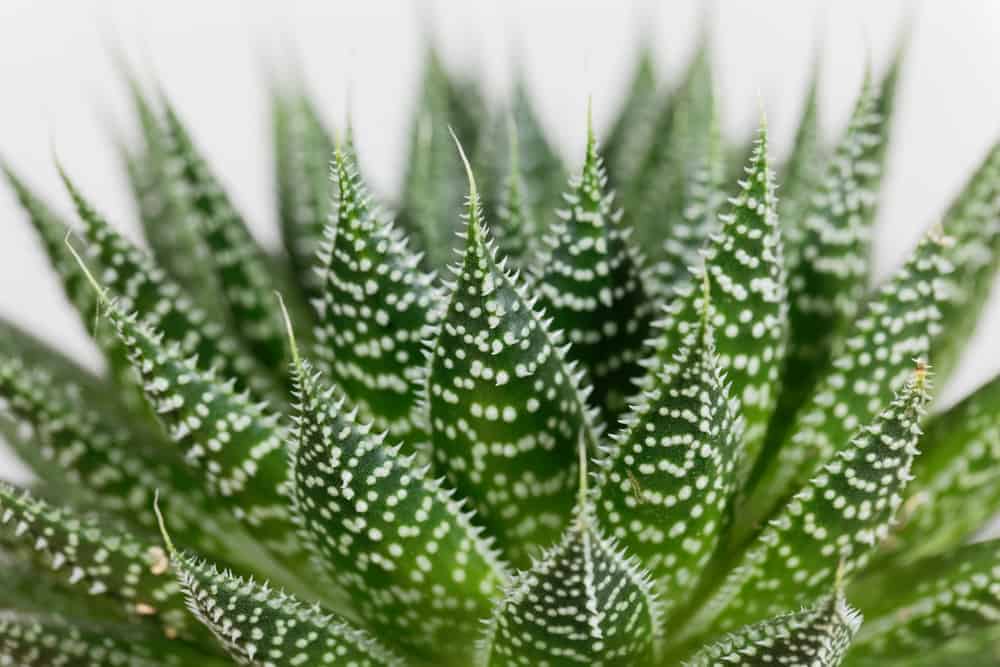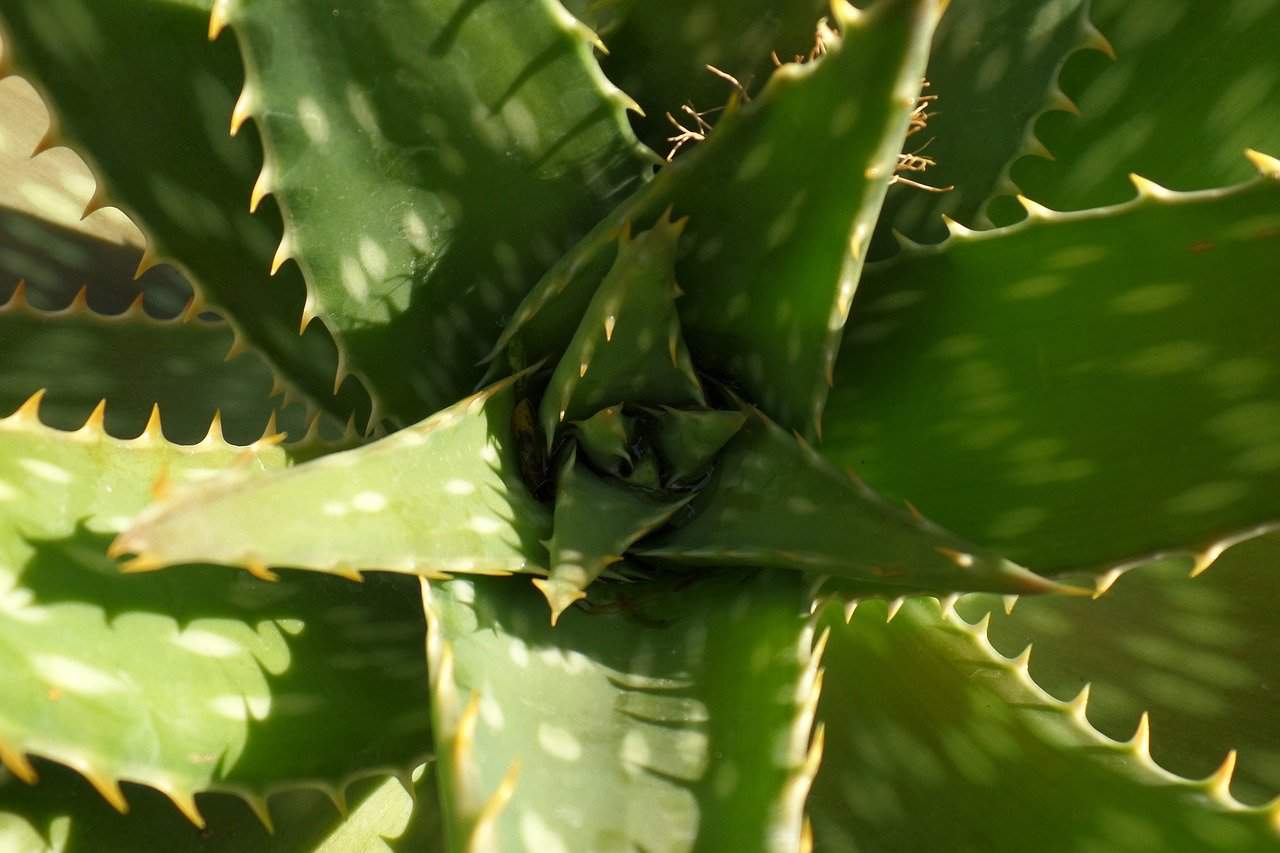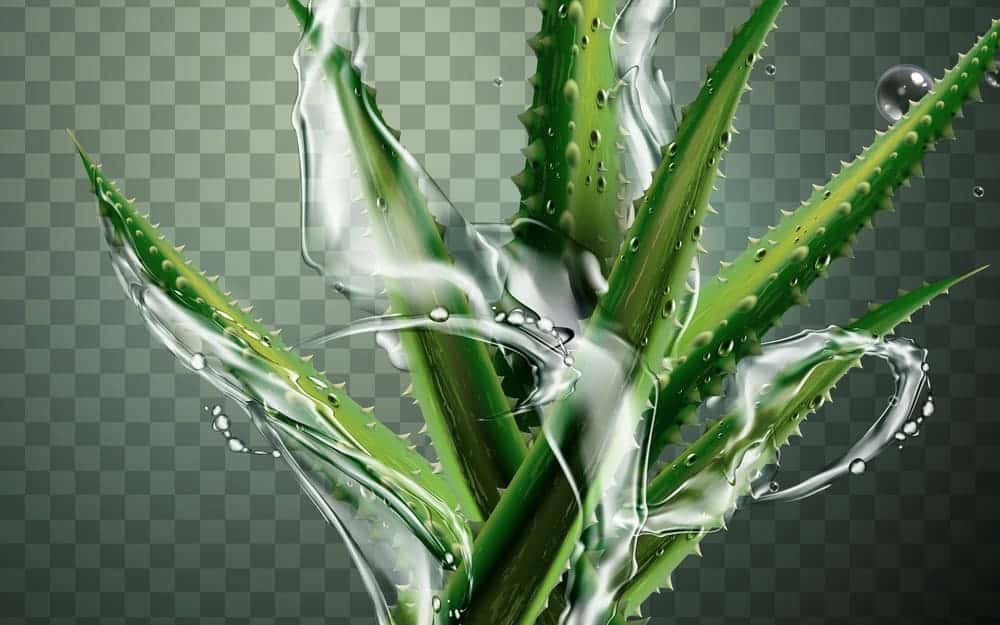Table of Content
Different Ways to Prepare Your Herbs
If you’re a follower of natural medicine, you’ve undoubtedly been confused about the different ways you can prepare herbs for your use in treating specific ailments or diseases.
There are many ways that herbs can be prepared to maximize their effectiveness in treating certain diseases, but they are typically boiled in water, steeped in hot tea, or steeped in cold tea. You can also make other preparations, such as using oil infusions for topical use and applying essential oils directly to the skin.
Depending on which methods you use in herbal preparation, you may need a scale, blender (or grinder), glassware you can heat, enamel pots, and double boilers that don’t contain aluminum or copper cheesecloth, a filter, wooden spoons, and jars with lids.
Herbal Tea
Herbal tea is made by steeping finely crushed or ground dried leaves, roots, blossoms, berries, bark, stems, seeds, or other parts of a plant in boiling water.
The standard proportion for making an infusion or herbal tea is about one teaspoon of herb to every cup of water. You can make a more potent infusion by using more herbs or a weaker infusion with less herb.
For example, if you are using fresh leaves or flowers in your tea, you might want to use about three teaspoons per cup of water. Using more than one tablespoonful of the herb will make the tea more robust and bitter-tasting.
If you’re making an herbal tea that may be hot or cold, you can make it directly in the teacup by steeping the herb in boiled water. Then strain the herb out before drinking.
Herbal Bath
Hydrotherapy is a fundamental component of naturopathic medicine and is primarily used to cure skin disorders such as psoriasis, acne, and dermatitis.
An herbal bath is prepared by adding one cup of dried crushed herb (two cups if the herb is fresh) to two quarts of water in a muslin bag or old sock and boiling it for 20 minutes in your double boiler. Then remove the bag from the boiler and let it cool to a comfortable temperature before adding it to your bath.
Add the herb’s decoction and soak in it for at least 20 minutes when the water is ready. This is beneficial for skin disorders and helps with various aches and pains.
Oil Infusion
An oil infusion or herbal oil is made by adding the crushed herb to 3 ounces (90 milliliters) of fixed vegetable oil such as olive, almond, sesame, corn, soybean, sunflower, or peanut oil in a jar with an airtight lid. Shake the mixture gently every day for at least two weeks to start.
To make an herbal oil infusion with fresh plants, fill four parts (one part equals one cup) of the fixed oil you wish to use with half as finely chopped fresh herbs. For example, you may use two cups of oil with one cup of fresh herb. Shake this mixture gently every day for at least two weeks to start.
If you use dried plants, mix four parts (one part equals one cup) of your fixed vegetable oil with half as much finely chopped dry herb. For example, you may use two cups of oil with one cup of dried herb. Shake this mixture gently every day for at least two weeks to start.
Essential Oils
Some essential oils, such as lavender and rosemary, are used for cosmetic purposes because of their fragrant aroma; however, other herbs, like thyme and cloves, can be used medicinally because of their oils that are used for infections.
You’ll need a blender, wax paper, copper cheesecloth, glass jars with tight-fitting lids, or other suitable heatproof containers to make essential oils. You should also have appropriate funnels.
Place the herbs you wish to use in the blender and add enough fixed oil (one part equals one cup), for example, olive oil or almond oil, to cover the herbs completely. Blend this mixture for about three minutes at high speed. Then let this mixture sit overnight.
The next day, add one teaspoon of beeswax to the herb and oil mixture and blend it like before on high speed for about three more minutes.
Now sift the mixture through a copper cheesecloth or other filtering material into your heatproof glass jar or container by pressing it with a wooden spoon or a pestle. Make sure you have a tight-fitting lid for your jar while waiting to strain its contents through the cheesecloth because this mixture is boiling and will release steam.
Once it cools, add another teaspoon of beeswax to the jar and secure the lid again. Blend the mixture at high speed for about three more minutes.
Add enough cheesecloth to your straining instrument to make a layer of the size you wish to use for your essential oil. For example, you can place five layers of cheesecloth over the filter’s metal mesh. Then pour the herb and oil mixture into this device once more and press it with a wooden spoon or pestle.
Repeat these steps until you have strained all of your mixtures into another jar or container. Then you should have a container holding both your essential oil and the residue.
Poultice
A poultice is a soft, moist mass of powdered or crushed fresh herb(s) that can be applied directly to external surfaces of the body for therapeutic purposes. It absorbs exudates, increases local blood circulation, relaxes muscular spasms, is analgesic, and stimulates the lymphatic flow. In addition, poultices are helpful in drawing out infection or inflammation from affected areas of the body.
To make a poultice with fresh herbs, mix the ground herbs thoroughly with enough boiling water to form a thick paste to stay on the skin when applied. Make sure this paste is applied to a clean cloth, and then use it directly to the affected area.
Ointments
Sometimes an herb needs to be used topically. For example, ointments and creams can be created by adding one part herbal powder to four pars petroleum jelly. Then, if you want to save it for continued use, be sure to add some gum benzoin to each ounce of your ointment to preserve it.
Jam, Jelly, and Syrup
Herbs do not often make a good meal, but they can be added to various drinks or dishes that provide a nutritious value. For example, if you want to add an herb to your drink mixes or fruit salads, there are several ways you can go about doing this.
One method is to mix the herbs with honey, fruit juice, or berry juices to make jam. Another way is to use apple juice and pectin (a natural jelly you create by mixing one part of liquid with two parts of sugar) with your herb mixture. You can also make an herbal syrup by mixing two tablespoons of the dried herb with one cup of boiling water.
You should remove the herbs from the water after 15 minutes of steeping, but you can keep adding more hot water for an additional hour if desired. Then add 1/2 to 2/3 cups sugar, constantly stirring until it dissolves. Keep your syrup in a tightly covered container in a cool place.
Takeaway
The ways that herbs can be prepared are endless. You may want to experiment with making your herbal jam, jelly, or syrup for a healthy and delicious option in your next meal or drink, or try to create your herbal oil or salve for therapeutic purposes.




